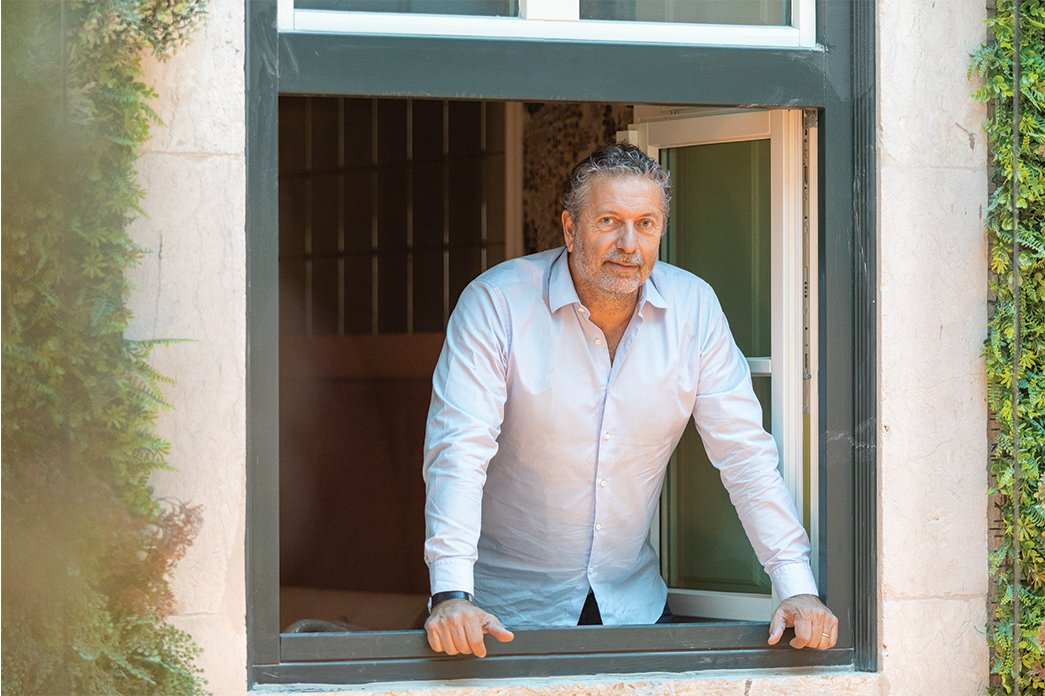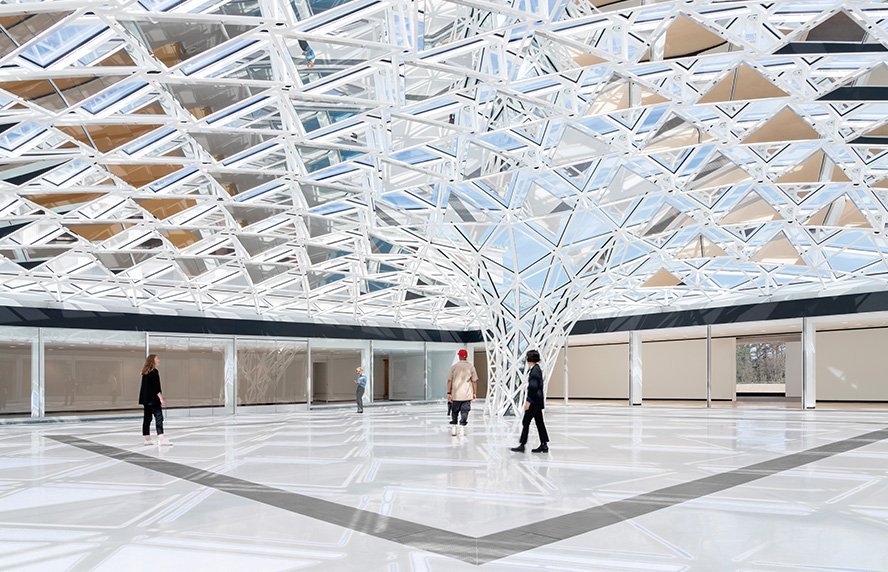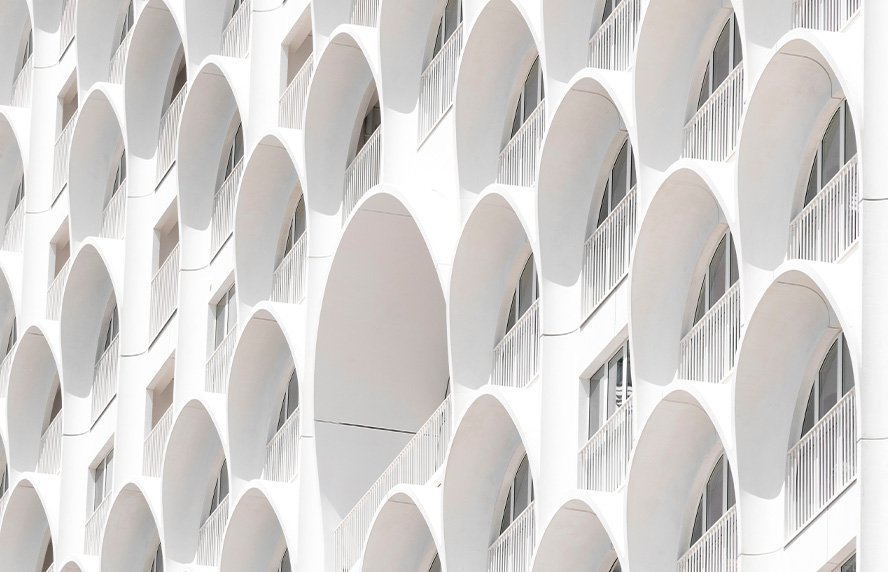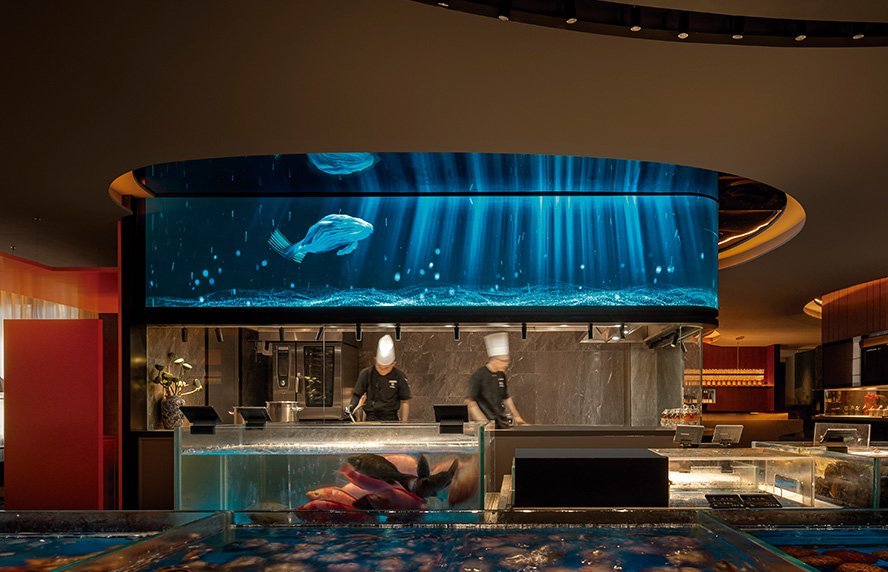
The attentive, curious boy, who liked drawing houses and cities, is today one of the best-known recognised architects and interior designers of his time. Nationally and internationally. Miguel Câncio Martins has always known how to blend his own very high standards with respect for his clients and the environment of his projects. The man who designed the acclaimed Hotel Quinta da Comporta has still not given up his dream of being the maestro who will lead one of the most attractive regions in the country down the path of sustainability and respect for the population and the environment. While he strives for this, he sticks rigidly to doing everything in his power to improve the world with his projects. Be it a bar, a hotel, a casino, a house. With him, his team, all rowing in the same direction. In addition to being extremely easy-going, Miguel Câncio Martins is not short on humility. You can tell he’s a great man when his eyes light up when he returns to the moment it all began.
Did you always know that you wanted to be an architect or interior designer, or how did this start to take shape in your life?
I think it started when I was a child. My father was an architect, but he stopped practising quite early on. And at first, I would say this, that I wanted to be one too. The truth is that I really liked drawing. I was always drawing cities and houses, so I always liked architecture and I always had a good sense of observation, in addition to being very curious. So, I thought that was my vocation. Then I wanted to participate and leave my little footprint on this world. And, actually, this is a job where you can accomplish things. It’s a great stimulus when you manage to create good projects; it’s like getting a reward, it makes you happy. You take pride in it.
You studied in Brussels and started working in Paris. How did these experiences come about?
It’s one of those things you grumble about as a child, but then, when you have this education and this background, you are actually happy. I started by studying at the German school in Lisbon until I went, aged 15, to Paris because my father went to work for the Organisation for Economic Cooperation and Development (OECD). We stayed there for six years. Then we went to Brussels, because he started working on Portugal’s entry into the European Community. And because I accompanied my parents, I ended up studying architecture in Brussels. When I finished the course, I decided to return to Paris to start my career, because it was where I had more connections, more contacts, and where I liked living. I came back on my own and stayed there for seven long years working. I was lucky enough to be given a bar to do straight away, and it was a success. Then it snowballed – when someone succeeds at one thing, they’re called to do another, and another, and another. From one moment to the next, I stopped working alone in the dining room at home and got an office, two or three people working with me, an assistant...It all happened relatively quickly.
And so, at the very beginning of your career, you ended up very much involved in the restaurant sector...
It’s interesting, as they say sometimes, what’s bad for some is good for others. Basically, when I finished my studies, the Gulf Crisis happened, and I had applied to about fifty well-known architectural firms, which one dreams of, but none of them gave me a contract. So, I was a bit disappointed, because I wanted to show what I had learned. It was then that the opportunity arose to create a bar, more for the social side, which came to me through my contacts, but which was quite successful and then they started asking me to do another bar, then a restaurant, then proposals came from abroad and that’s how I began to get a reputation abroad fairly quickly. In my case, I soon started working very well for Singapore, Montreal, Marrakech, London, New York, Los Angeles, and all over the world. All at the same time, and it was also my way of acquiring more knowledge, because I was still learning. I was lucky enough to be given very interesting projects for my hands, and I learned a lot from the companies, from the plumbers, from the carpenters. There I learned a lot more than at school.
And that bar, that first creation, does it still exist?
BOOBIES still exists, yes... Imagine that, since 92, it will be 30 years now!
And at some point, you end up wanting to come back to Portugal. What happened?
I was already doing several important projects in Portugal. In 2015, there were many opportunities in Portugal and as I thought my life needed a change. I moved. At the time, I had 14 people working with me, an office, projects came in one after the other, but that wasn’t really what I wanted. I wanted to do more personal projects, especially the Hotel da Quinta da Comporta. I had already spoken to the Espírito Santo family (in the 90s) to tell them I wanted to build a hotel there, it was theirs, but at the time it didn’t go ahead. Later, with the crisis, an opportunity arose to buy the land and finally realize this hotel of my dreams. I had been thinking about it for 25 years.
"My clients are increasingly concerned and interested in understanding the best way to apply sustainability"
And from Portugal, that aspect of being an international architect continues. If today you could put your projects on a podium, which would be the three that most filled your soul?
I have done several that I liked. But in life when you are asked to choose three, you choose three (he laughs). The Buddha bar, in Paris, is certainly the most iconic project and the one that changed a lot of things in the restaurant and decoration sector. And so, I am very proud of the success of this project (from 1996), which continues to be a benchmark after all these years, so this is project number one. Number two is the Hotel Quinta da Comporta, in Portugal, because it was a project where we took care of everything from the architecture to the decoration, and even the landscaping. So, I was involved in everything and still am. And now, in addition to the architecture/decoration, gardening or maintenance, I’m involved in the organisation and management of the hotel itself. It’s quite an iconic hotel and it’s enjoying quite an impact internationally. I am proud because it’s starting to take its place among the best international hotels. The third project I would say is the Raffles Bar & Billiard in an iconic colonial hotel in Singapore. At the time I did the Bar & Billiard on a site where, apparently, hunters had killed a tiger, and putting it on display on top of the billiard table. I really enjoyed being part of this historic project.
As an architect and interior designer, for you, are you more about intervening or following clients’ requests to the letter?
I always say and that is my spirit and my attitude: I do the projects for the clients. The clients will live with them. Unfortunately, there are many architects who think that the projects are theirs, for them, and that it has to be their way and that nothing can be changed. I have an entirely different attitude. I think the project is for the client and, therefore, the first thing is to listen to them carefully, essentially, to hear what they want. In other words, there is an entire, almost psychological, analysis phase, of understanding the client’s goals and concerns. And then I try to design a project that also meets my ideas, because if the client comes to me, it’s because they have faith in me, they want my creativity and inspiration. Sometimes they have fixed ideas and I think it is always important to show them that there is another way of seeing things. It usually works, most of the time. But the client is the most important piece of the puzzle. Then, in this part of creativity, it’s logical that a person is not always inspired and there are deadlines to meet. And I like being a perfectionist. I have some first ideas and I like to turn them inside out, to think of various ways, to make a presentation, to see the client’s acceptance, to listen to them, to adapt the projects until they are really on the right track, only then do we start to work more on the details, to get into the details of the materials and the finishes. I also really like to control everything in terms of technical specifications. I like to be the one to tell the technicians where I want things to go and not the other way around. I like to be the one in charge. And I like to sit at the table with my employees, because I’m not inventing the wheel on my own. When a person has as many projects as I do, at the same time, they have to have a team.
If you had to describe yourself as an architect, what word would you use?
Tedious? (he laughs) Demanding, I think that would be the most appropriate. Demanding with others, but also demanding with myself, because first we have to be demanding with ourselves so that we can be demanding with others.
"What I would really like to conduct is that area of Comporta"
Earlier you spoke about Quinta da Comporta, a model of sustainability. Have you always had this environmental concern present in your projects or is it something that is now beginning to be requested by clients?
Thank God my clients are increasingly concerned and interested in understanding the best way to apply sustainability. And me too, because I went to a German school and in Germany the Green parties have existed for a long time, so I had already had that contact, that approach to the subject for a long time, that concern for saving energy, etc. For example, when I started to build the Quinta da Comporta, one of the things I said was: I want to reclaim rainwater and irrigation water. And people laughed and said to me: but there’s so much water here. And I’d reply: there’s water, but 50 kilometres from here there isn’t any anymore. We’re not going to save the planet alone, but if each one of us walks one part of the way, it will have an impact on the climate, and it can help to improve the world for our children. It is important to have a responsible attitude and to think of all solutions that are good and conducive to sustainability. Then, I also don’t avoid the fact that there has to be an attractive economic side. And, if everyone were to join in, the economic side would also start to become more interesting. At first, when the first solar panels appeared, they were expensive. Now, it’s different. And I don’t want to be radical either. In France they really want to instil in people that nuclear energy is the cleanest of all. It is the cleanest until there is an accident. They think that nuclear energy is cleaner than solar and wind energy, but even the latter, for example, also causes problems, with the noise and the disturbance of the birds, and those tubes, when they have to be dismantled, there’s a lot of waste...it’s logical that we are still at the beginning of these ecological solutions, but I think it’s worth trying, it’s worth exploring these paths. I think that in construction and as architects, we are responsible for finding a solution to help control the climate.
I saw in Comporta, the first houses that the local builders did, with those thin walls, they looked like the houses of the Three Little Pigs, with one blow they almost blew away. Today, everyone is much more aware and there is much more concern about insulating the houses, the roofs, the walls, the floor, and the use of energy control systems. And these are all issues that the architect has to be sensitive to, he has to understand, and he has to surround himself with experts to help him solve these situations. In water consumption, for example, I like to see brands of taps that are investing in new systems, which mix air and water and when a person is taking a shower, they use much less water. For example, at the Hotel Quinta da Comporta, we have an entire water recovery system. In conclusion, architects have an essential role in this profession. I know I’m not going to save the world, but if we walk one part of the way, the others next door will do the same, and if everyone does it, we improve conditions.
You once said that you like to be the conductor of the orchestra. Which concert would you most like to conduct? Is your great dream yet to come true?
What I would really like to ‘conduct’ is that area of Comporta, to get a group of people who love Comporta as much as I do, because it could be a model, but we can’t get it wrong. We have a disastrous situation there with the bankruptcy in Luxembourg, with the Comporta land seized by the Public Prosecutor’s Office, hiding the interests of one side or the other, thinking little of the interests of the region, the inhabitants and visitors. This is a life project for the coming years, and I would like to bring together a team, the local people in charge and local people, to develop that area: linking agriculture and tourism, helping the local population to develop in a smart and sustainable way, because the area has everything it takes for that. It’s a shame that there is so much resistance there that it seems they don’t want to solve the problem.












